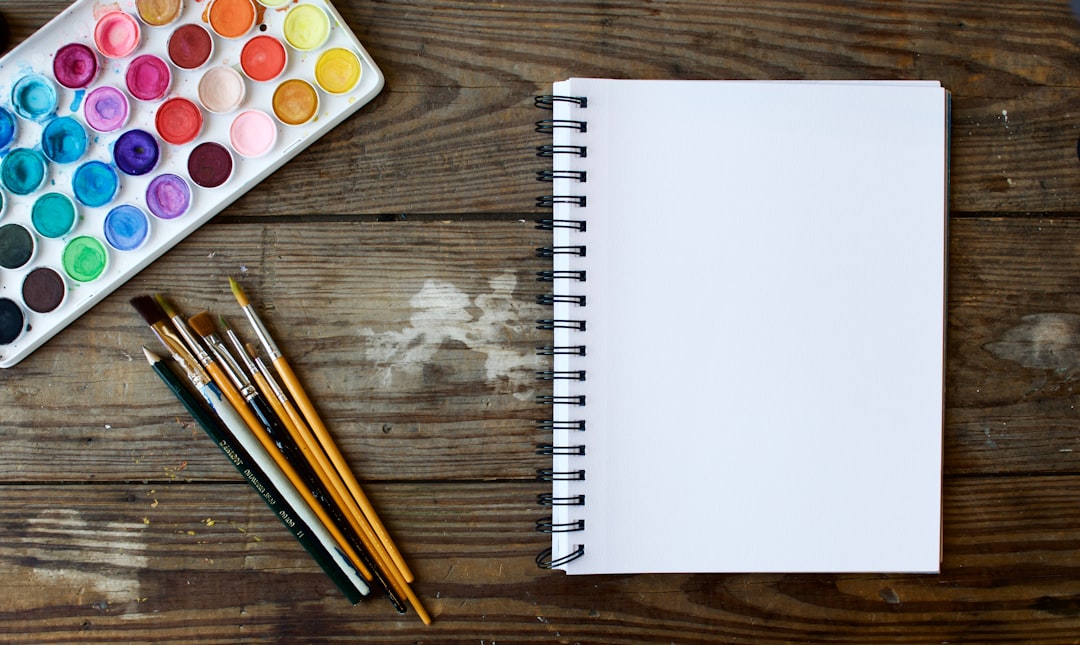In the digital age, art and technology continually intersect in increasingly innovative ways. Artificial Intelligence (AI) has become a pivotal force in this evolution, transforming not just how art is created but also how it is perceived and understood. This article delves into the multifaceted world of AI in the realm of art, exploring its implications, the emerging trends, the ethical debates it sparks, and the future it promises.
AI as the Artist’s Muse
Traditionally, the muse in art has been a human or a naturally occurring phenomenon that inspires creativity. Today, AI has taken up this role, acting as both muse and assistant to artists. Tools powered by AI can suggest adjustments to a composition, propose color schemes, and even generate basic layouts that artists can further refine. This partnership between human artists and AI tools is producing a new genre of art that is both fascinating and, at times, bewildering.
The Mechanics of Machine-Made Art
At the core of AI art is the algorithm. Neural networks, which mimic the human brain’s structure and function, are trained using vast datasets of images to generate new visual pieces. These algorithms can analyze past art styles and elements, learning to create work that resonates with or radically differs from established norms. The result is a blend of computational precision and, surprisingly, a form of digital intuition.
The Authenticity Debate
One of the most heated debates surrounding AI in art revolves around the issue of authenticity. Can a piece of art created with the heavy involvement of AI still be considered original? Or does the essence of art lie solely in human expression? Critics argue that art without human emotion is not art at all, while proponents of AI art insist that the tool merely extends the artist’s creative capability, not replace it.
Ethical Implications and Intellectual Property
As AI continues to evolve, ethical concerns also mount. The use of AI in art raises questions about copyright and originality. Who holds the copyright to a piece of art created by AI? Is it the creator of the algorithm, the artist who used the tool, or the AI itself? These questions challenge traditional notions of intellectual property and require new legal frameworks.
Looking Ahead The Future of Art and AI Integration
The integration of AI into the art world is just beginning. As technology advances, we can expect more sophisticated AI tools that could autonomously create works of art. However, the future of this integration will likely focus on collaboration rather than replacement, with AI serving as a tool that opens up new avenues for human creativity rather than closing them off.
The fusion of AI and art is not just about the end product but also about the process of creation itself. As artists and machines learn from and enhance each other’s capabilities, the possibilities are limitless. This evolving partnership promises to redefine not only the boundaries of art but also the very nature of creativity.







